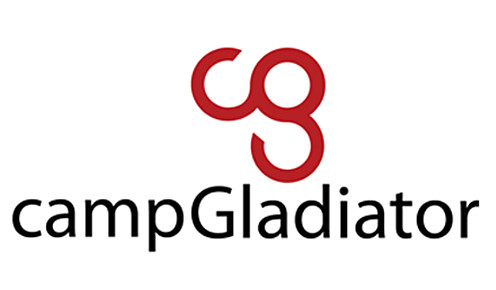Author: Brian Schiff PT, DPT OCS, CSCS
Many patients in our clinic seek relief for pain that limits their ability to work out or play sports. Often, this pain is unknowingly self-inflicted as the direct result of training errors and improper loading patterns. Understanding the relationship between tissue loading and recovery as it pertains to the well client or injured patient is paramount for injury prevention and recovery.
Below are the most common training mistakes that cause injury or delay healing and recovery:
- Failure to respect pain – pain is the only way the brain can signal activity that is potentially harmful to your bones, connective tissue and muscles. Using a 1-10 scale, an individual can detect the difference between no, low (1-4), moderate (5-6) and severe (7-10) pain as it relates to activity. Pushing through training or sport activity that meets or exceeds a 5/10 is a recipe for tissue damage or failure. In addition, any elevation in pain during and after loading should return to baseline (pre-activity level) in 24 hours or less.
- Too much intensity – whether starting a new workout program, beginning a sports season or returning to sport after injury, many jump right in performing high intensity acute workloads without properly ramping up. Acute spikes in activity after periods of prolonged rest or inactivity often create stress injuries and muscle stains.
- Too much volume – more is not always better, and many clients “catch the fever” with a new workout program or recreational pursuit. For example, adding running mileage too quickly in short period of time overloads the body. The same can be said for pitching, swimming, gymnastics, or any year-round sport. Sports specialization has lead to players taking less time off and spending more hours, days and weeks doing the same movements and stress without much variability.
- Performing the wrong exercises – exercise is similar to cooking in that the wrong ingredients can drastically and negatively alter the taste and quality of the food and just as easily disrupt the healthy function of the body. Each individual has strengths and weakness as it relates to inherent movement (joint mobility and flexibility), strength, power and speed. A proper screening assessment will uncover areas of need and/or faulty movement patterns that should be addressed. Corrective exercises can be assigned to reduce injury or re-injury risk. Most importantly, the right exercises should be done in rehab to ensure a full recovery and promote optimal physical performance based on client goals.
- Lack of proper recovery – most people underestimate this category, but the simple truth is that the most growth and positive adaptations occur in an environment that promote optimal mental and physical recovery. This involves quality sleep and nutrition, relative rest, cross training and perhaps complete rest at times. Much like listening to pain, it is imperative to watch out for signs of overtraining including fatigue, reduced strength/power output, decreased desire to train, poor sleep, depression, moodiness or inability to relax.
Any combination of the aforementioned factors can contribute to improper training loads. It is important to remember that conditioning the body for peak fitness and performance takes a long time, however, the body begins to detrain very fast. To avoid stress related injuries after prolonged layoffs or heading into a new sports season, it is necessary to have a longer runway to take off. Begin with low volume, low intensity training with built in recovery time. Gradually move to higher volume low intensity training before transitioning to higher intensity low volume training. In the end, learning how to balance the volume, intensity and recovery of the chosen training activities will prevent many common overuse injuries and resolve pain associated with tissue overload.









